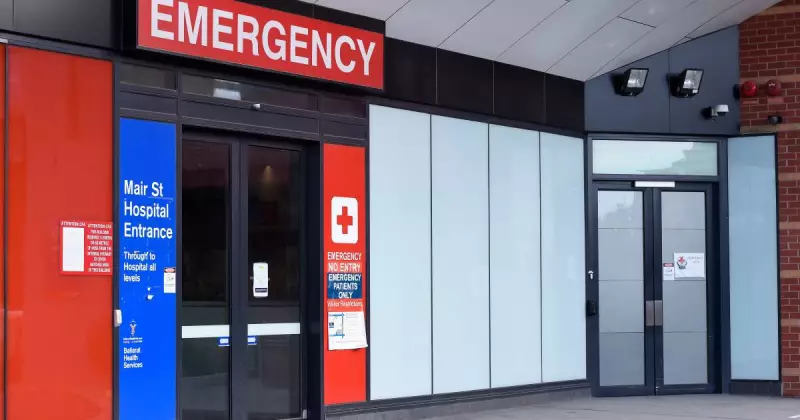
Australia's regional healthcare system is facing a critical shortage of medical professionals that's creating devastating consequences for rural communities. According to the Department of Health, vacancy rates for medical and allied health roles remain consistently and significantly higher in rural and remote areas compared to metropolitan centres.
The Stark Reality of Regional Healthcare
The statistics paint a concerning picture. In May alone, more than 30,000 health and medical job ads were posted nationally, with regional areas bearing the brunt of these shortages. The Australian Institute of Health and Welfare reveals the human cost of this disparity: life expectancy is approximately seven years shorter for men and six years shorter for women in remote areas compared to their urban counterparts.
The scarcity of general practitioners highlights the city-country divide most acutely. One pregnant woman who relocated to a country town described the situation: "There are three GPs in town and mine's also my obstetrician, so he agreed to take the family on his books. Otherwise, you can't get in to see a GP; there's a waiting list of at least 100 people."
A Collaborative Solution Emerges
Professor Renee Leon, vice-chancellor of Charles Sturt University, argues that the solution has been hiding in plain sight. While government and universities have struggled to find common ground on issues like international student caps and domestic funding models, their goals align perfectly when it comes to training more regionally based frontline health workers.
Charles Sturt University is celebrating a significant milestone that demonstrates this approach in action. The first cohort of medical students will soon graduate from their Joint Program in Medicine with Western Sydney University. These are students from regional Australia who will, almost exclusively, practice in regional Australia.
The program is already showing impressive results, with two students from the inaugural cohort recognised as medical students of the year for NSW and Victoria.
Scaling Up for Regional Impact
To expand the impact beyond the initial graduating class of fewer than 40 medicine students, Charles Sturt University is seeking a reasonable share of the 100 new Commonwealth Supported Places (CSPs) for medicine students announced for 2026.
Professor Leon emphasizes that "the shortage of doctors affecting health outcomes and life expectancies is in regional Australia, not in capital cities." With more than 70 percent of Charles Sturt's graduates going on to live and work in regional Australia, allocating these additional CSPs would directly address the towns and cities most desperately needing medical professionals.
If combined with funding models that enable increased enrollment in nursing, midwifery, paramedicine, dentistry and allied health programs, regional universities could become the engine room providing Australia's healthcare workforce for decades to come.
Health Minister Mark Butler stated that "more training places will deliver more doctors to care for Australians in every corner of the country" when announcing the additional CSPs. However, Professor Leon notes that some corners of regional Australia continue to be overlooked when it comes to healthcare skills and services.
As Albert Einstein observed, "in the midst of every crisis, lies great opportunity." The collaboration between government and universities to invest in regional education represents precisely such an opportunity to ensure every Australian, regardless of postcode, has access to the skilled healthcare professionals needed for healthy, dignified lives.





